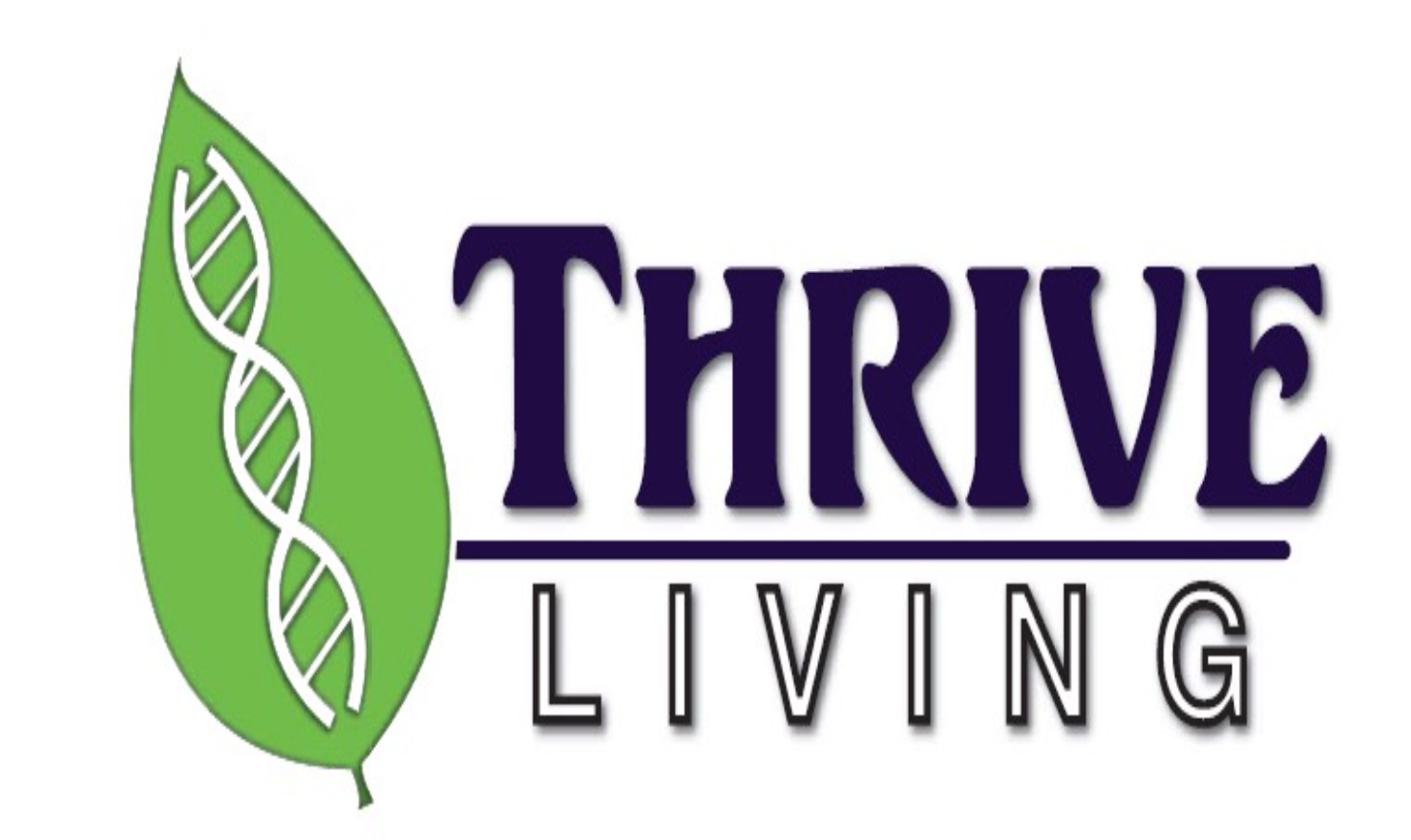What is Frequency Specific Microcurrent (FSM)?
Frequency-specific microcurrent (FSM) is a technique for treating pain by using low-level electrical current. The current is delivered to certain parts of the body in an attempt to relieve the pain.
One of the ways FSM works is by potentially increasing the production of the substance ATP in injured tissues. ATP is the major source of energy for all cellular reactions in the body. Because treatment with FSM can increase ATP production by as much as 500% in damaged tissues, this may help with the recovery process. Depending on the condition, treatment with FSM can “loosen” or soften the muscles, which can help relieve pain and/or stiffness.
How does frequency-specific microcurrent work?
FSM is applied to the body with a device that delivers a mild current. Microcurrent is an extremely mild electrical current (one millionth of an ampere). The human body actually produces its own current within each cell.
In FSM, depending on the tissue involved, specific frequencies are selected to encourage natural healing of the body and to reduce pain. Frequencies have been identified for nearly every type of tissue in the body.
One of the ways FSM works is by potentially increasing the production of the substance ATP in injured tissues. ATP is the major source of energy for all cellular reactions in the body. Because treatment with FSM can increase ATP production by as much as 500% in damaged tissues, this may help with the recovery process. Depending on the condition, treatment with FSM can “loosen” or soften the muscles, which can help relieve pain and/or stiffness.
Is frequency-specific microcurrent painful?
Treatment with FSM is non-invasive and painless. The currents used in FSM are so low that the patient often does not feel them. During FSM treatment, patients may notice certain effects, including warmth and a softening of affected tissues.
What conditions can be treated with frequency-specific microcurrent?
FSM is most often used to treat pain, especially nerve and muscle pain, inflammation, and scar tissue, from the following conditions:
Shingles
Burns
Kidney stones
Asthma
Irritable bowel syndrome
Disc injuries
Fibromyalgia
Diabetic neuropathy
Tendinopathy (inflammation and/or swelling of the tendon)
Acute (sudden) and chronic (long-term) musculoskeletal injuries
Acute and chronic neuropathic (nerve) pain
Chronic fracture and bone pain
Arthritis
Disc injuries/discogenic- and facet-based pain
Viscerally-referred pain
Concussions
Headaches
Wounds
What Is The History of frequency-specific microcurrent?
Starting in the late 1800s there was a tremendous upwelling of interest in electromagnetism and electrical effects. In the early 1900s medical physicians and osteopaths were interest in using frequencies as a way of treating patients.
Albert Abrams, MD used electromagnetic therapies in his San Francisco clinic from 1914 until his death in 1937. He founded the Electromedical Society ad the Journal Electromedical Digest as a way for practitioners to communicate and share their research and treatment findings. In the 1934, The American Medical Association decreed that anyone using electromagnetic therapies would lose their license which at that time was granted by the AMA. Research and clinical use of electromagnetic therapies in medicine came to a halt and by the early 1950s were rendered illegal in the United States by the FDA.
In 1946, an osteopath named Harry Van Gelder bought a practice in Vancouver BC and found a machine in the back room that was made in 1922. Accompanying it were a list of frequencies. Van Gelder learned how to use the machine and combined it with other therapies to treat patients successful. Dr. Carolyn McMakin discovered Van Gelder's list in 1995 and began to use a two-channel microcurrent machine to deliver the frequencies
Dr. McMakin developed protocols for the treatment of myofascial pain in 1996 and presented her clinical data at the American Back Society national meeting in December 1997. In 1998, she published the paper on the “Treatment of chronic resistant myofascial pain in the head, neck, and face” in Topics in Clinical Chiropractic. In addition to other published, Dr. McMakin's textbook "Frequency Specific Microcurrent in Pain Management" was recently published.
